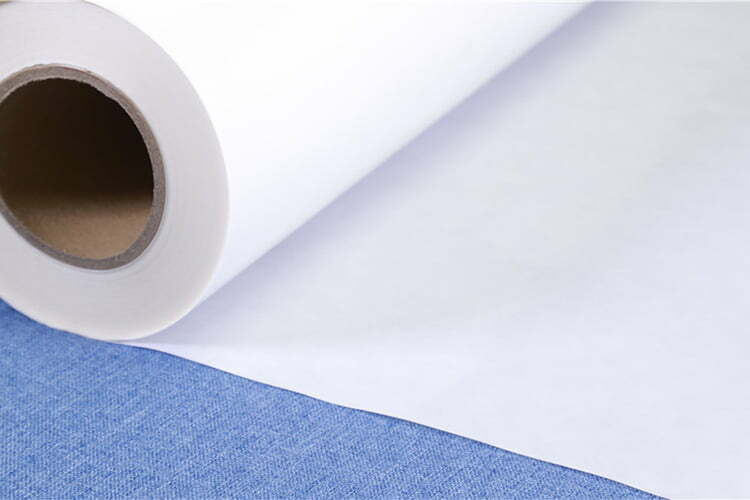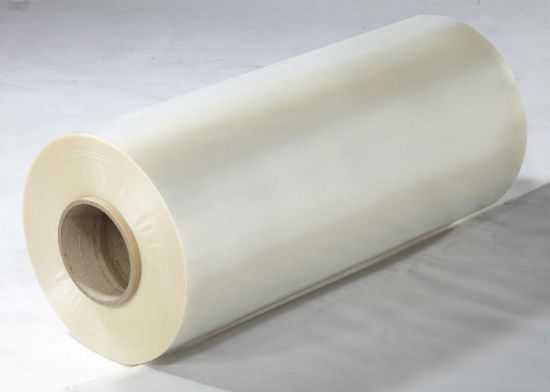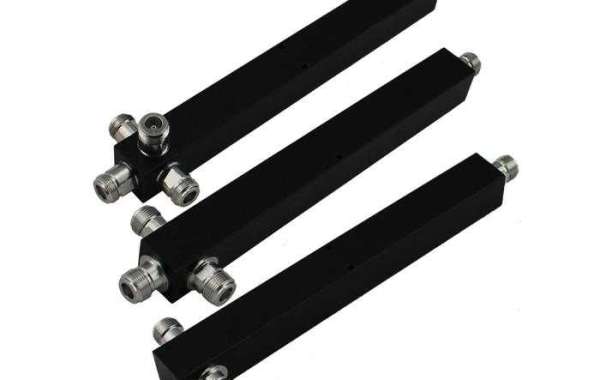which can serve as a suitable replacement for the traditional method of stitching. As a direct result of this, there has been a significant increase in the use of hot melt adhesives in the textile and apparel industry over the course of the past few years. In the following paragraphs, we will talk about hot melt adhesives, which are utilized in the textile industry quite frequently.
1. Co-polyester hot melt adhesive
Co-polyester hot melt adhesive is one of the types of hot melt adhesives that is used in the apparel industry on a regular basis, making it one of the most common types of hot melt adhesives. Some of the qualities that co-polyester hot melt adhesives have are listed in the following paragraphs:
(1) The color is white, which is a versatile choice that looks good on a wide range of different articles of clothing.
(2) An excellent ability to adhere to materials made of polycarbonate (PC) and polyvinyl chloride (PVC). The use of this material is particularly effective in interlining and thermal transfer, to name just two examples of applications.
(3) A strong bonding ability in addition to a substantial molecular weight
(4) The capacity to resist the penetration of water, to be cleaned, and to keep its waterproof properties while doing so.

(5) Due to the high degree of hardness it possesses, it could be utilized as a structural component in clothing.
(6) It has a good resistance to high temperatures and can meet the requirements of a compound temperature range of 95 degrees Celsius to 200 degrees Celsius. This temperature range is required.
2. TPU hot melt adhesive
TPU hot-melt adhesive is currently one of the types of hot-melt adhesives that is consumed in the clothing industry at a rate that is among the highest in the world. Some of the characteristics that can be found in TPU hot-melt adhesive include the following:
(2) As a result of the high level of elasticity it possesses, modified TPU hot melt adhesive is an excellent choice for use in applications such as stretch fabrics and underwear that does not leave a mark.
(3) Being able to be washed and having the ability to play a role in the waterproofing of the item.
(4) Since it has excellent adhesion to a variety of materials, including PET, PVC, and TPU, it can be used for the application of transfer film in addition to other uses.
3. Co-polyamide hot melt adhesive
The clothing industry makes frequent use of a variety of different kinds of hot melt adhesives, including co-polyamide hot melt adhesive, which is just one of many types of hot melt adhesives. The following characteristics are possessed by it:
1 Because the color is see-through, it is versatile enough to be worn with almost any kind of garment.
(2) A high bonding strength and a molecular weight that is relatively high in comparison to other molecules.
(3) It has a decent resistance to being washed, an excellent resistance to being cleaned with solvents, and an excellent resistance to being cleaned by dry cleaning.
(4) Because of the high level of hardness it possesses, it has the potential to be used in the manufacturing of clothing.
The non-woven fabric form and film form of co-polyester melt adhesive are also fairly common, in addition to the granular and powder forms of the adhesive. The adhesive is most frequently found in granular and powder form. The use of hot melt adhesive powder is more common in applications such as shirts, underwear, thermal transfer, carpets, and automotive interiors. On the other hand, the use of hot melt adhesive particles is more common in applications such as lettering film, carpets, and curtains, amongst other things. Web forms are more suitable for breathable materials, such as medical non-woven fabric, breathable underwear, gauze, filters, etc., whereas the film shape is more suitable for the pressing of tailored textiles, such as suits, automotive interiors, and seamless underwear. Web forms are also more suitable for the pressing of breathable materials. There are many different applications for web forms; some examples include medical non-woven fabric, breathable underwear, gauze, and filters.

A type of powder that is used in adhesives
Grinding and pulverization at a low temperature are two of the processes that are utilized in the process of reducing the adhesive pellets to powder. The third process that is utilized is pulverization at a high temperature. TPU, co-polyamide, co-polyester, and EVA adhesive powder are among the most well-liked choices currently offered on the market. The fact that the adhesive powder can be directly spread across the surface of the substrate by making use of a powder spreader is the primary benefit that this type of adhesive offers. In addition, the process of bonding can be finished in a relatively short amount of time by applying heat and pressure with an iron while the powder is being used. This can be done while the powder is being applied.
Typically, a powdered form of co-polyester adhesive is used to attach interlining to the garment. Because of the high hardness of co-polyester hot melt adhesive, using high hardness co-polyester adhesive powder in shirt collars and cuffs can be a very good support for the garment.
A powdered adhesive made of co-polyamide is frequently used in the production of suits. Co-polyamide hot melt adhesives, on account of their high level of hardness, are ideally suited for supporting the construction of garments that are required to have a three-dimensional appearance. Case in point: Case in point: Case in point: CaThe co-polyamide hot melt adhesive not only possesses the performance of strong solvent resistance, but it also possesses the ability to be cleaned without the necessity of dry cleaning.
It is common practice to incorporate high-elasticity TPU adhesive powder into the production process of non-marking underwear. It is possible to eliminate the requirement for elastic bands when using non-marking underwear that is made of TPU and has a high degree of elasticity. When compared to the traditional method of stitching, making use of less thread results in an improvement to the overall aesthetic while also resulting in a reduction in the amount of time and money spent on labor.
In thermal transfer processes like lettering film and transfer film, the most common application for adhesive powder is in the transfer film. Other films, like transfer film, may also contain adhesive powder. The primary method by which either of these items are held together is through the use of an adhesive powder.
Adhesive film
It is common practice to heat the hot-melt adhesive particles of TPU, co-polyamide, co-polyester, and EVA in order to melt them down in order to form a film by casting, blow molding, or another process that is functionally equivalent. When compared to the use of glue powder, the application of this type of hot melt adhesive is a great deal more hassle-free. To finish the bonding process, all that is required is to get an appropriate glue film, place it in the middle of the substrate based on the size of the substrate that is to be bonded, heat and press the substrate, and in some instances, all that is required to finish the process is an electric iron.

Adhesive for the sticky web.
The adhesive web is made up of a non-woven form of hot melt adhesive, which is itself a non-woven form. In certain contexts, this product may be used instead of the glue film product in place of the same function. In many textile manufacturing processes, the glue powder and glue film are typically coated on the surface of the substrate. However, many textiles require air permeability, so the coating cannot be too thick. The structure of the woven hot melt adhesive net is relatively loose, which makes it suitable for the bonding of certain textiles as well as the lamination of breathable garments in situations where the bonding strength is not particularly high. This is the case, for example, when the bonding strength is not particularly high.








